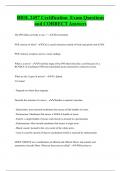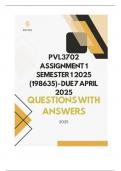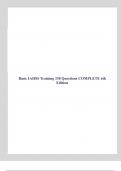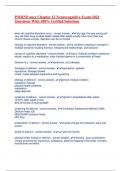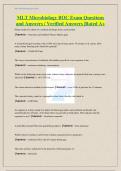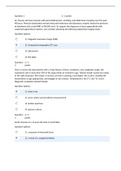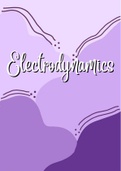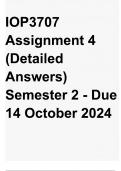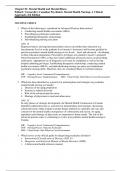Exam (elaborations)
Test Bank For Criminal Justice Organizations Administration and Management 6th Edition by Stan Stojkovic
- Module
- Criminal Justice - Test Bank
- Institution
- Criminal Justice - Test Bank
Test Questions for Criminal Justice Organizations: Chapter 3 1. The Department of Homeland Security was created to supervise and control a number of federal law enforcement and security agencies to coordinate their efforts. True or False (Answer: True) 2. The Patriot Act gave agencies leeway in o...
[Show more]




